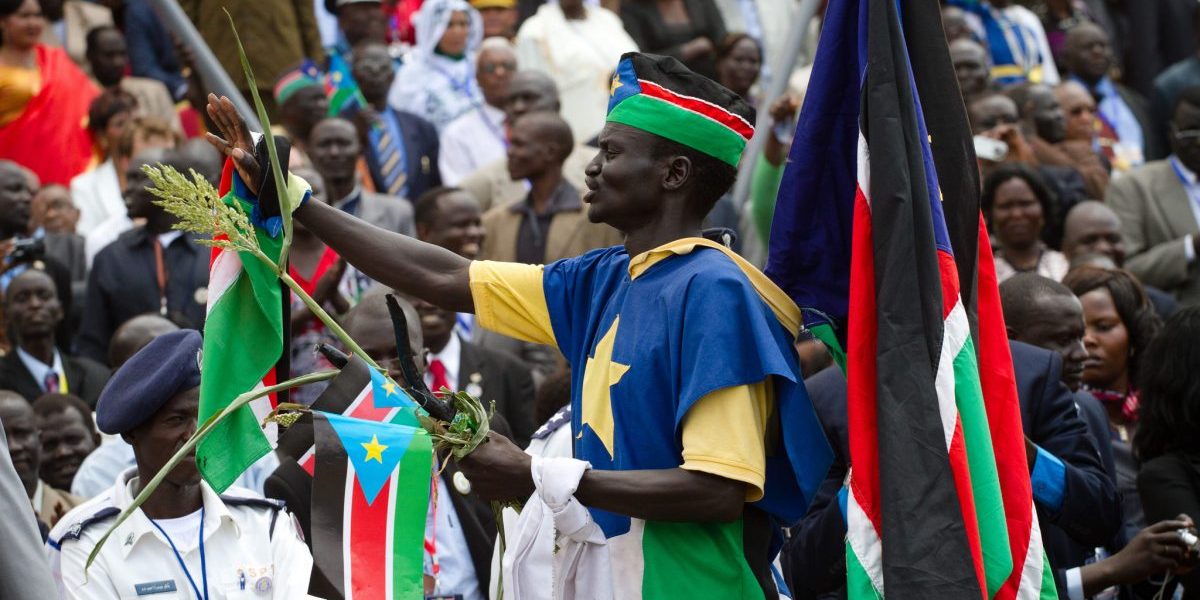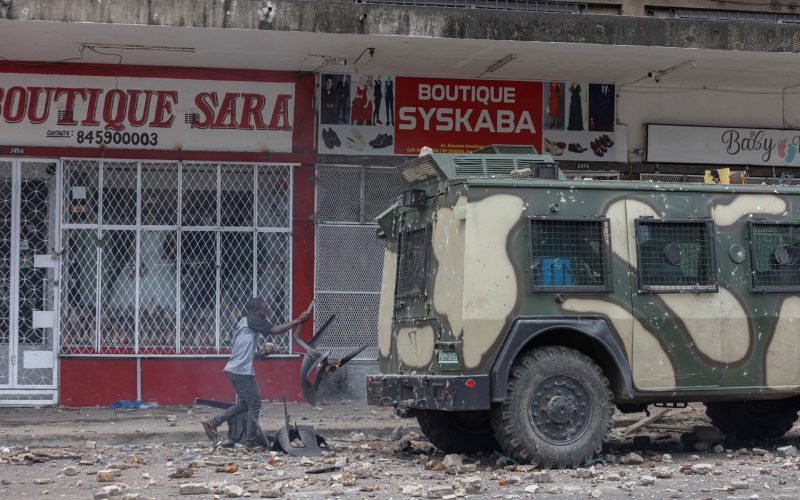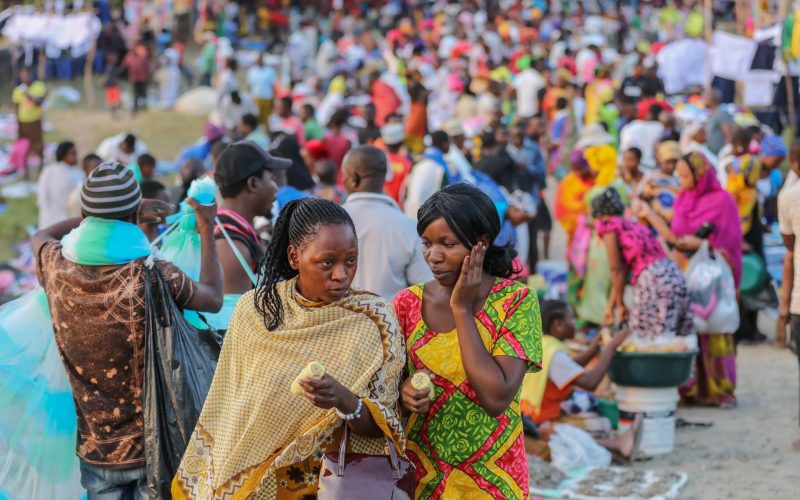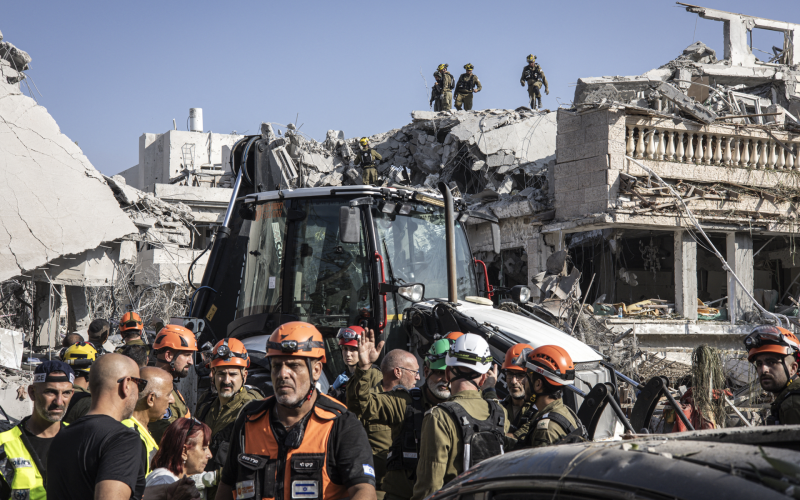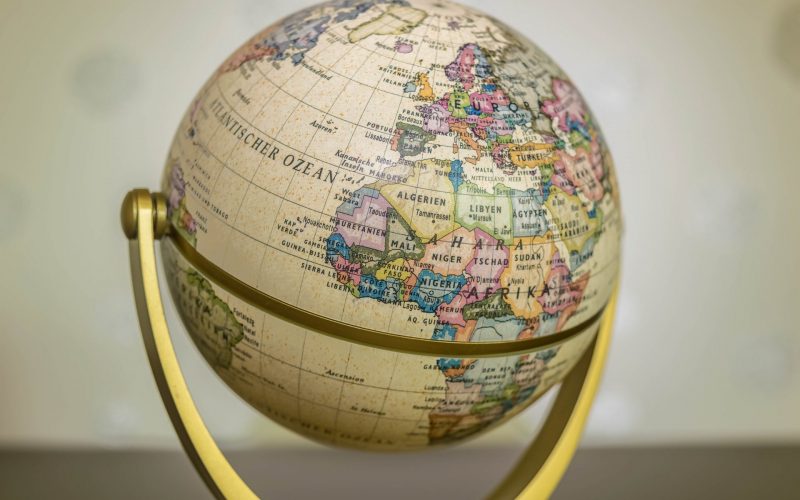Since independence in 1956, Sudanese people have been subjected to two civil wars spanning 40 years. Factors, such as clashing identities and political marginalisation that contributed to these civil wars, illustrate the complex layering of political and socio-economic dynamics that created conditions of instability. Within the historical and contemporary contexts, the politics of resources, resistance and peripheries in Sudan are analysed in order to identify the conflict drivers that shaped the political–economic and social environments of Sudan. State formation and the apparent inability of the state to include disgruntled peripheries in decision-making processes are the root cause of countless political crises. Sudan’s history of peripheral struggles for access to local-level subsistence resources and the two north–south civil wars are examples of multiple interlocking conflicts that shaped the country’s politics in the 20th century. Marginalisation and the economic neglect of peripheral regions formed the bedrock of Sudan’s internal conflicts. Both Northern and Southern Sudan will have to contend with these challenges after the south’s independence.

